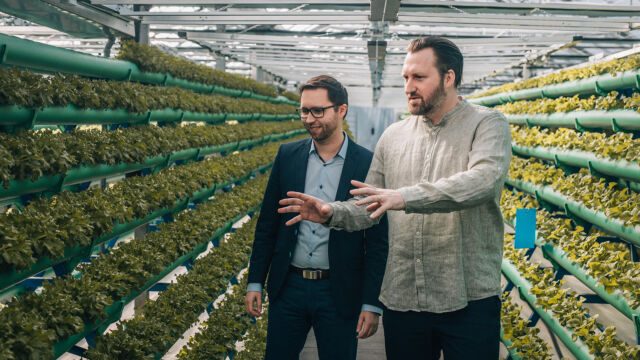According to the Czech Hydrometeorological Institute, statistics show that annual precipitation in 2018 decreased by 23% compared to the long-term precipitation average (1961-1990).
We are experiencing a period with far less rainfall. Periods of regular rainfall are becoming less frequent and are being replaced by storms and torrential downpours. This results in very high levels of precipitation in a short period of time, thereby creating various water-related problems that we are not prepared for. Unfortunately, current agricultural methods do not help, quite the contrary in fact. The technology being used, and the current state of fields is only adding to the problems in our already devastated landscape. It is clear that these factors combined mean that the soil and the landscape are not able to absorb the fallen water. In addition, shallow-rooted monocultures are also grown on most arable areas, which contributes to further soil erosion, which is a long-term issue. As a result, the rain that falls simply runs off, carry fertile topsoil with it, of which there is already not much left.
“The sky is held up by the trees! If the forest disappears, the roof of the world will collapse. Nature and man will perish together.”
This is what an Indian proverb says. The Indians were well aware of the importance of forests and their ability to humidify the air through evaporation. A single adult tree can transpire about 500-2,000 litres of water during hot summer days, saturating the surrounding air. This not only has an impact at the microclimatic level, but also globally by aiding the formation of rain clouds that then return life-giving water to the area.
How does aquaponics relate to this? The answer is simple… The most important benefit of the aquaponic system is that it can save 90-95 % of the water required for conventional cultivation. Why aquaponics and not the very similar hydroponics?
Aquaponics distinguishes itself from hydroponics in that the water used constantly circulates in one system. The feedstock and nutrient source for the system is fish feed. The water is filtered through a mechanical filter and a so-called biofilter, where nitrifying bacteria are added to the process. These transform ammonia into nitrates, which are processed and utilised by the roots of the plants. The last phase, filtration through the roots, involves the plants absorbing the necessary nutrients, thereby returning clean water to the fish tank. In contrast, hydroponics uses artificial fertilisers to create the so-called nutrient solution. In aquaponics, it is not possible to treat plants with chemical sprays because it would disrupt the balance between the organisms within the system. In contrast, the use of pesticides is becoming more and more common in hydroponics. For example, according to published results of tested hydroponic vegetables in Thailand, up to 63 % of samples were contaminated with pesticides above the set limit. This is the reason to go for aquaponics! So, while we concentrate on conserving water in a smart way, we can also focus on healing and revitalising the soil, planting forests, and finding other ways to help our landscape retain water.

















